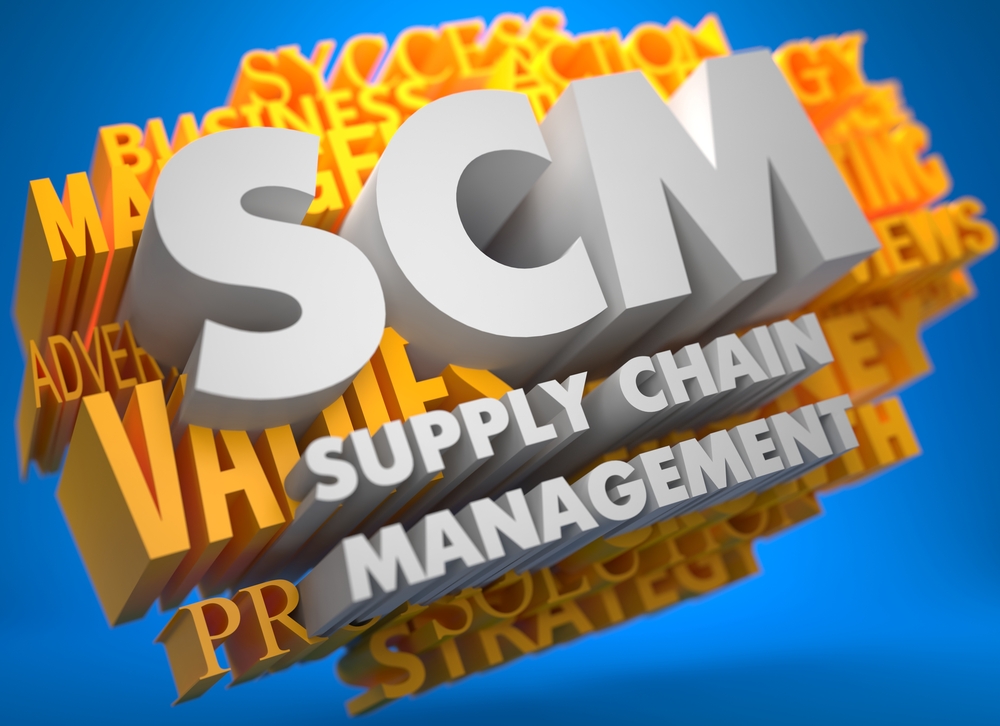Building Supply Chain Resilience in the Mid-Market
Trying to predict and plan for every type of world pandemic is a practice that some larger organizations might say they are routinely exploring with...

We live in world of immediate gratification. Consumers want what they want when they want it, and if you can’t meet those needs they can easily find someone else who can. A flexible supply chain can adapt to changes in demand allowing you to move with these changes.
Having a deep supplier pool, for example, will help you adapt to unforeseen increases in demand that can come without notice. We have previously discussed a few steps that you can take now to put your supply chain in a position to adapt with flexibility.
But what about agility? A supply chain that is also agile allows you to react to market demands quickly, and that is what brings the real value of flexibility to your business.
Agility is the power to move quickly and easily.
The time it takes to accelerate your supply chain throughput so you can meet your customer’s delivery requirements is one measure of agility that you should test now. If you wait for an increase in customer demand to test your supply chain’s agility, you’ve waited too long. You need to prepare for what could happen, so you’re ready to tackle what does happen.
The way you prepare for the unexpected is by anticipating, not predicting, the future. Here are a few steps you can take to get a clearer picture of what might be on the horizon:
Get to know your customers and their production plans
Find out if they are introducing new products and/ or improving others
Ask about the anticipated demand
What’s the plan if demand is exceeded
What other variables might effect demand?
Look at market trends as they relate to your industry and similar industries
Armed with the answers, you can turn your attention upstream to your suppliers. Even if you have confidence in your team’s ability to meet any challenge customers put before them, you have to know if your suppliers are up to the task. It’s a straightforward equation: your ability to meet customer expectations is directly related to your suppliers’ ability to meet yours.
Even when you are satisfied with the flexibility and agility of your supply chain, the work isn’t done. A quarterly review of your customers’ needs will provide ongoing visibility into potential changes, along with the information you need to test your suppliers’ ability to assure you can meet customer expectations.
In a market that seems to change constantly, your supply chain is always at risk of suffering from a weak or missing link. Constant vigilance and keeping flexibility and agility top-of-mind in your supply chain management strategy will help you see changes before they become a problem, giving you time to adjust course and protect your competitive advantage.

Trying to predict and plan for every type of world pandemic is a practice that some larger organizations might say they are routinely exploring with...

In today’s post-pandemic, digital-first world a successful supply chain management strategy requires both flexibility and agility. From B2B to B2C,...

When you are focused on our own business processes, it can be too easy to not to take into account the processes of other companies on which...